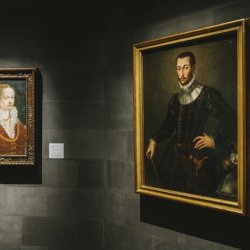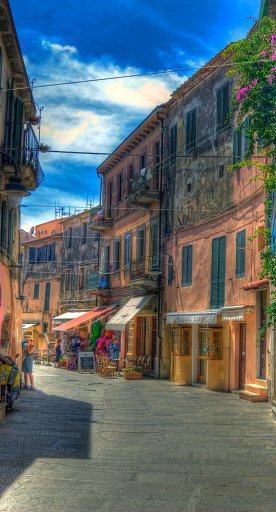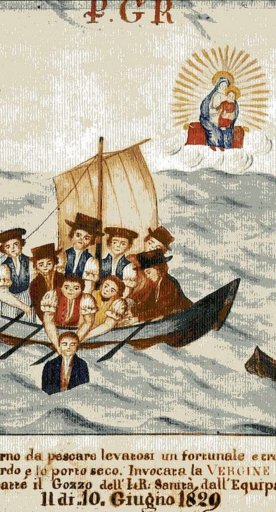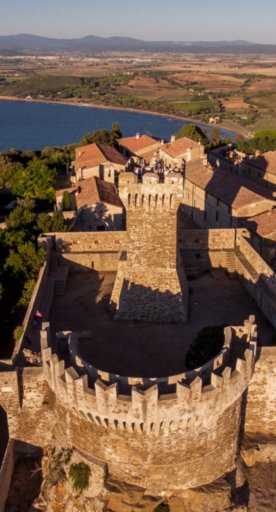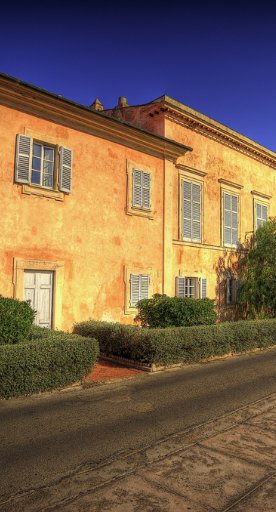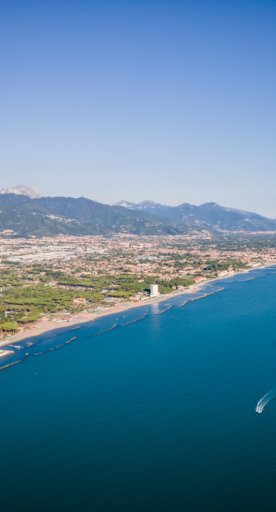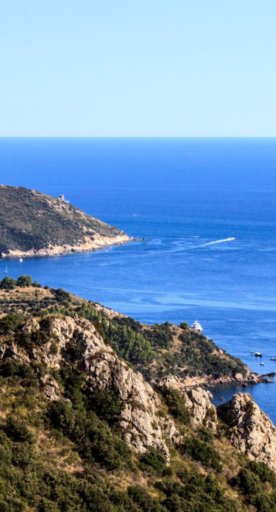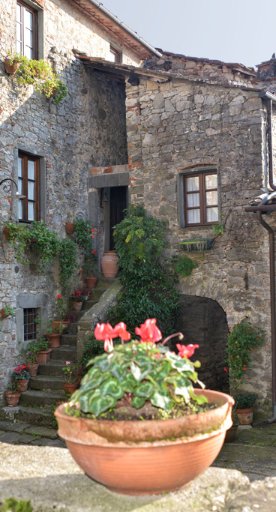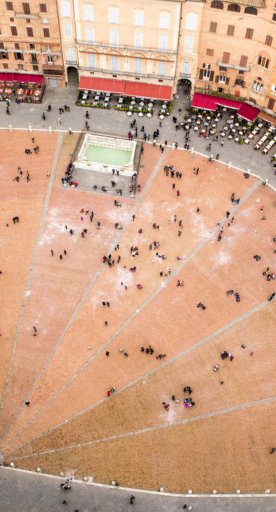

5 gold masterpieces in Castiglion Fiorentino
Prized examples of the finest religious artistry
The tradition of gold craftsmanship in the Arezzo area dates back to the Etruscan age, which boasted a formidable artistry in the field of goldsmithing. The earliest workshops set up shop here in the Middle Ages, making goblets, reliquaries, ostensories and liturgical objects. These works of art were originally commissioned by locals and requests were soon also made by the papal residences.
The gold workshops around Arezzo continued their labours in the centuries to come, proving themselves to be capable of keeping up with the artistic trends of the time. Gold is still an essential sector for the local economy.
Head to the Pinacoteca Comunale di Castiglion Fiorentino (town art gallery) to see some of the finest examples of medieval and Renaissance gold craftsmanship.
-
1.Reliquary of St. Francis
-
2.Bust of Sant'Orsola
-
3.Reliquary Cross
-
4.Holy Cross
-
5.Reliquary of San Bernardino
Reliquary of St. Francis
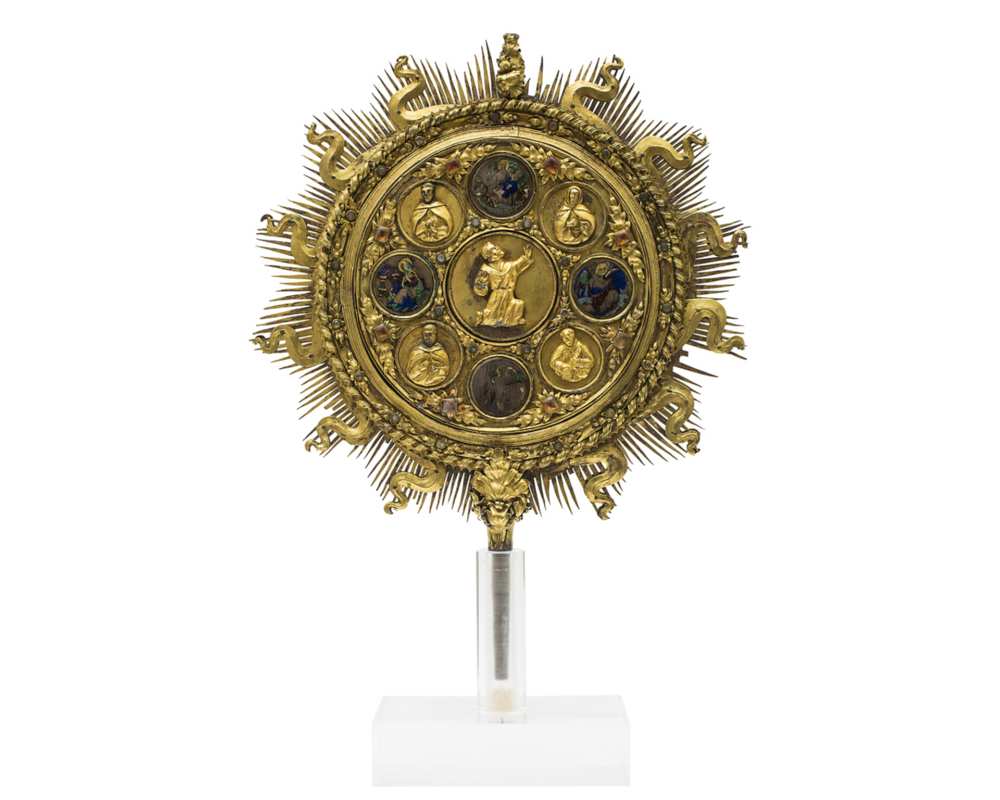
Made for the Church of S. Francesco in Castiglion Fiorentino, this work is similar to the Reliquary of San Bernardino, coming from the same place of worship and made by a Tuscan workshop in the late fifteenth century.
In the central relief, we can see St. Francis receiving the stigmata; surrounding the saint, we see San Bonaventura, the risen Christ, the Angel of the Annunciation and the Virgin Mary. Lower down, there’s a saint wearing armoury and carrying a sword and shield marked with a cross, which some scholars say is the Archangel Michael, patron saint of Castiglion Fiorentino.
Bust of Sant'Orsola
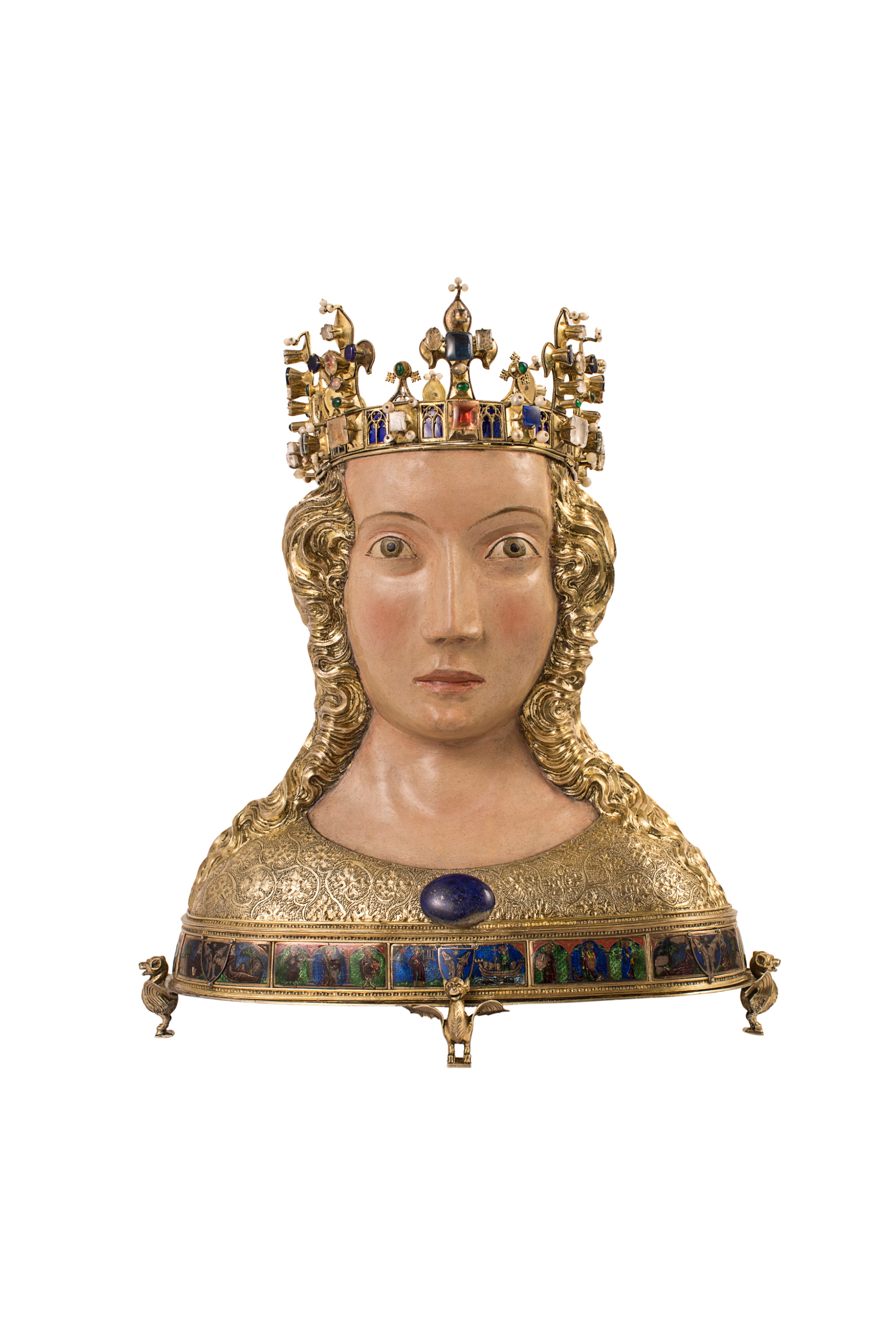
The legend of Sant’Orsola, loved and repeated over the centuries, was exceptionally popular in the Middle Ages and inspired literature and works of art.
The reliquary bust is made in silver leaf, gilded with mercury, with fused parts. The face and neck of the saint were painted using a rare mixed technique, which is what makes the work so unique. The lilied crown is in gilded silver, coloured glass and enamel. The enamel depicting various saints that runs along the base of the bust is of exceptional quality and is attributed to a Parisian workshop.
Reliquary Cross
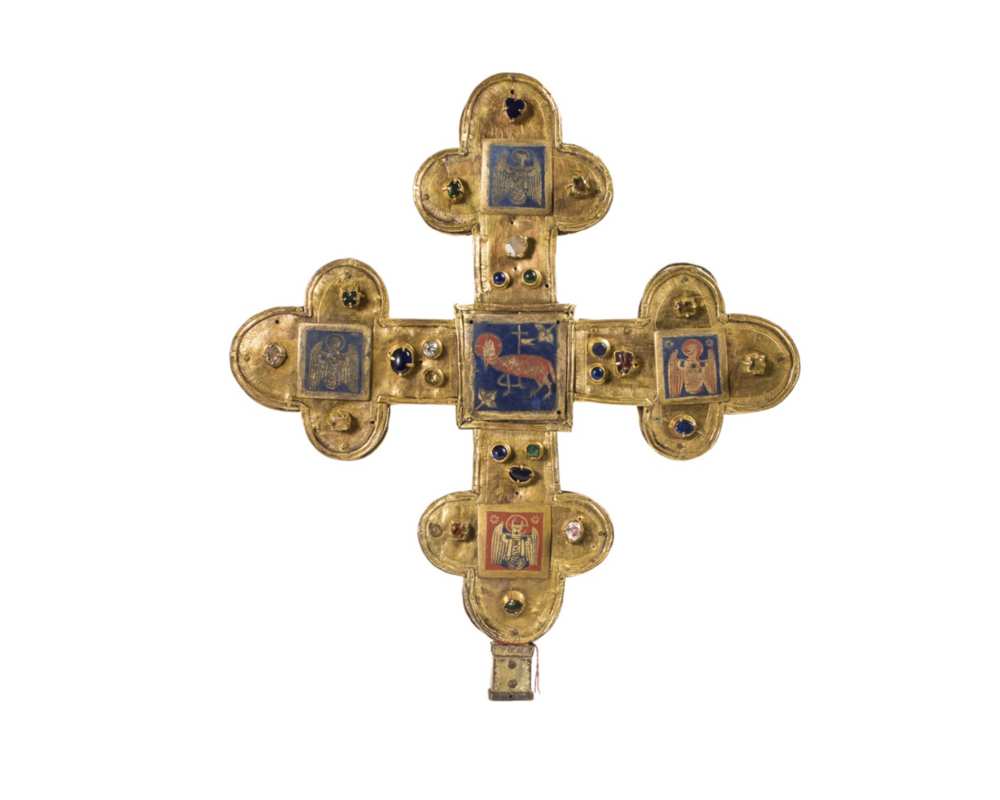
The cross comes from the Conservatory of Santa Chiara, its existence has been known since 1920 and is traditionally considered to date to the thirteenth century.
It is believed to have been made in Tuscany between the end of the twelfth and the start of the thirteenth century, probably after the Sack of Constantinople (1204) and the sending of relics of the True Cross and their containers to the Christian West.
Holy Cross

The reliquary cross of Castiglion Fiorentino, known as the Holy Cross, is a work of exceptional quality. The gilded silver surface is covered in precious filigree studded with large coloured gems. It contains the reliquary of the “Holy Wood” and a thorn from Christ’s crown. The edge of the cross is decorated in silver thread and small, irregularly shaped pearls.
The reliquaries were given by Saint Louis IX, King of France, to Fra Mansueto, a Franciscan friar originally from Castiglion Fiorentino, in recognition of his important diplomatic efforts in the disputes between France and England, which culminated in the Treaty of Paris of 1259.
Reliquary of San Bernardino
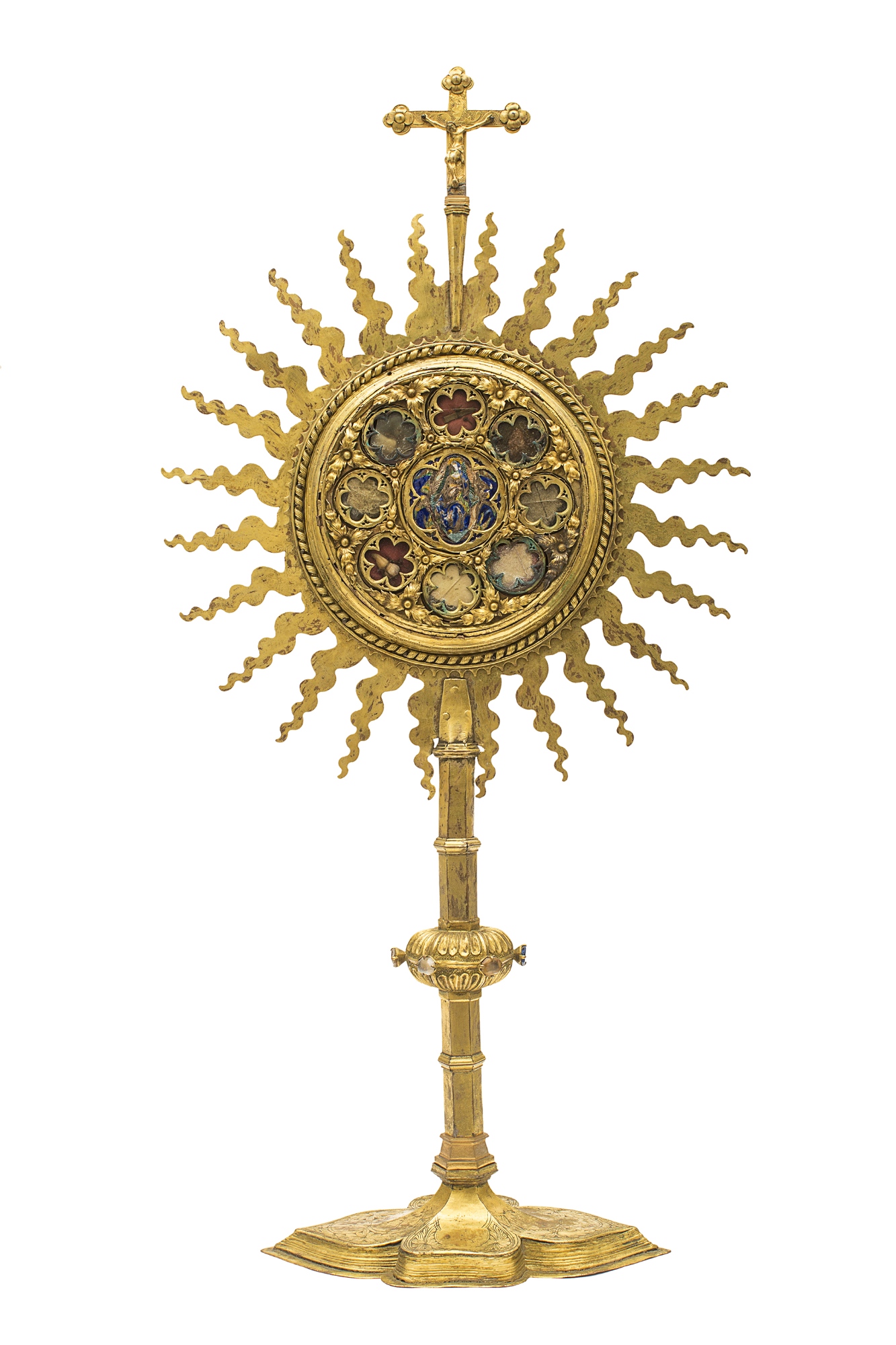
The artifact consists of parts dating to different eras and, by type and stylistic characters, is compared with the Reliquary of St. Francis: the decoration of wide leaves and the type of cornices on both items are very similar.
The reliquary was made in the Arezzo area in the second half of the fifteenth century. The transparent enamel on the back depicting the Virgin Mary with angels inside an almond seems to refer to a fifteenth-century Florentine miniature with references to Botticelli and Pollaiolo.

